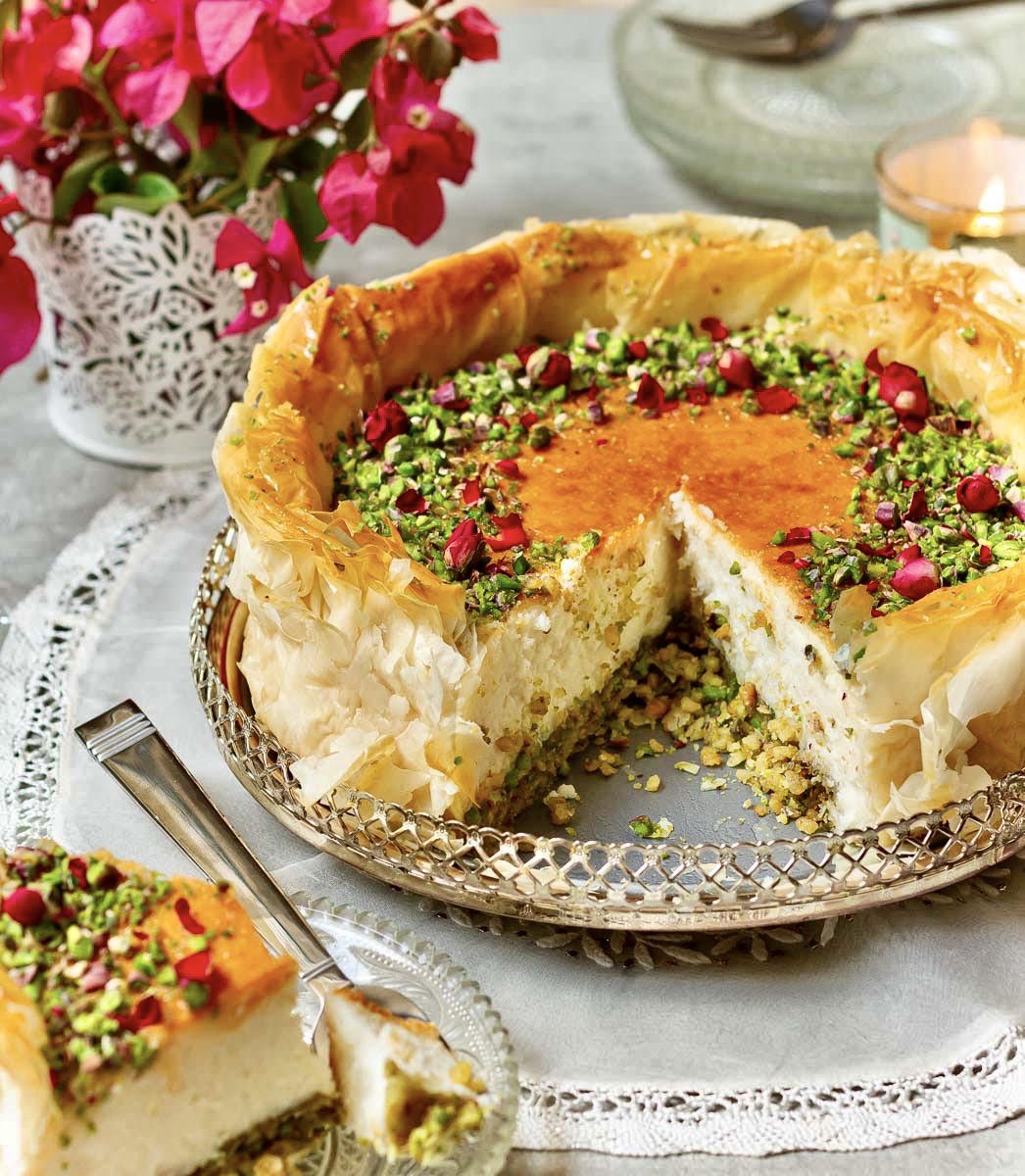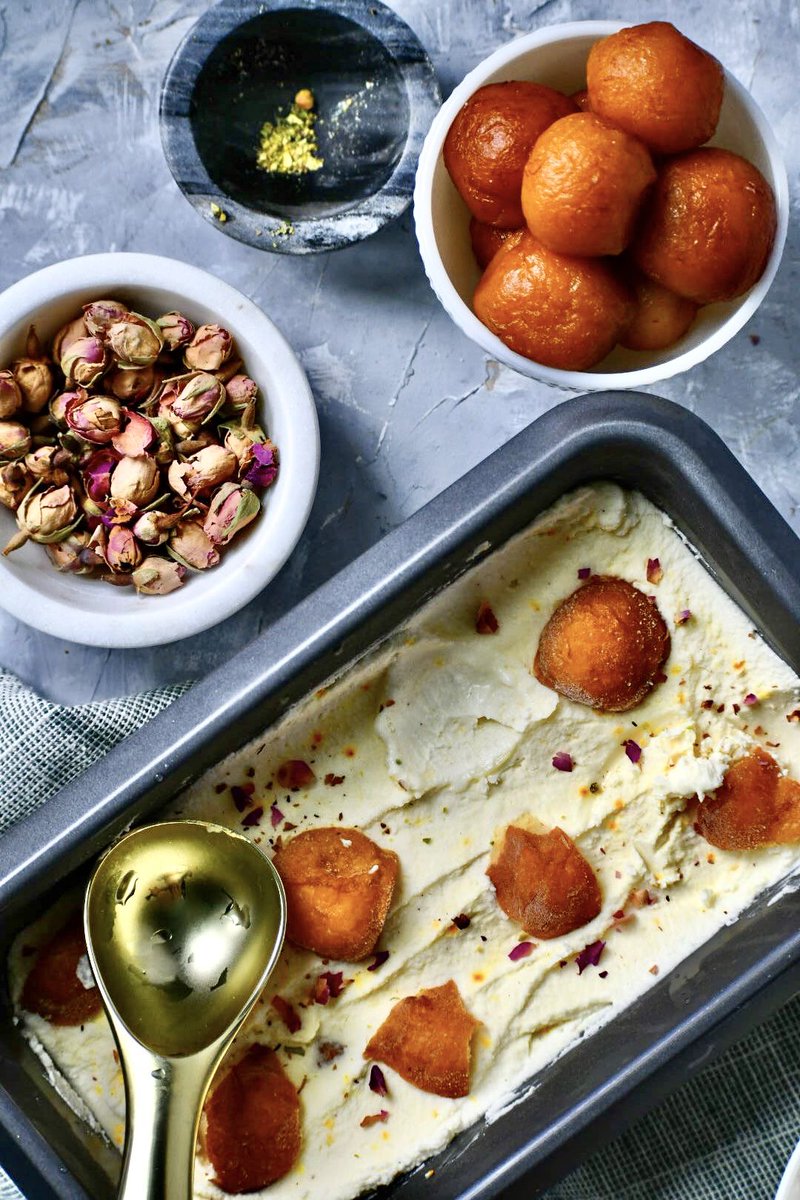Tonight could be Laylat-al-Qadr - one of the holiest nights in the Islamic calendar, when Angel Jibril revealed the Qur'an’s first verses to Prophet Muhammad ﷺ. The first word of the Qur’an revealed to Prophet Muhammad ﷺ was ‘Iqra’ which means ‘Read’
A thread on Laylat-al-Qadr
A thread on Laylat-al-Qadr

1/‘Read: In the name of thy Lord who created. Created man from a leech like clot. Read: And your Lord is the Most Bountiful. He taught by the pen. He taught man which he knew not’ (Al-`Alaq 96:1-5)
#LaylatulQadr
#LaylatulQadr

2/ Laylat-al-Qadr is also known as the Night of Power. This night falls within Ramadan’s final 10 days & although the exact date is unidentified, it is thought to take place on the 27th night of Ramadan
#LaylatulQadr
#LaylatulQadr

3/ Prophet Muhammad ﷺ said of Laylat-al-Qadr "Look for it in the odd nights of the last ten nights of the month of Ramadan." (Bukhari).
#LaylatulQadr
#LaylatulQadr

4/ Laylat-al-Qadr is a night of great commemoration and devotion to Allah (SWT) and is believed to be better than 1,000 months
#LaylatulQadr
#LaylatulQadr

5/ The night of Laylat-al-Qadr calls for much reflection and prayer. Whilst fulfilling good deeds and asking for forgiveness, Allah (SWT) is believed to see and answer your prayers.
#LaylatulQadr
#LaylatulQadr

6/ Laylatul Qadr or the Night of Power, is described as such to illustrate the significance of what the night entails for humankind.
Allah says about the purpose of this night:
Allah says about the purpose of this night:

7/ Ha, Meem. By the clear Book, Indeed, We sent it down during a blessed night. Indeed, We were to warn [mankind]. On that night every precise matter – Every matter [proceeding] from Us. Indeed, We were to send (a messenger)
Qur’an | 44:1-5
#LaylatulQadr
Qur’an | 44:1-5
#LaylatulQadr
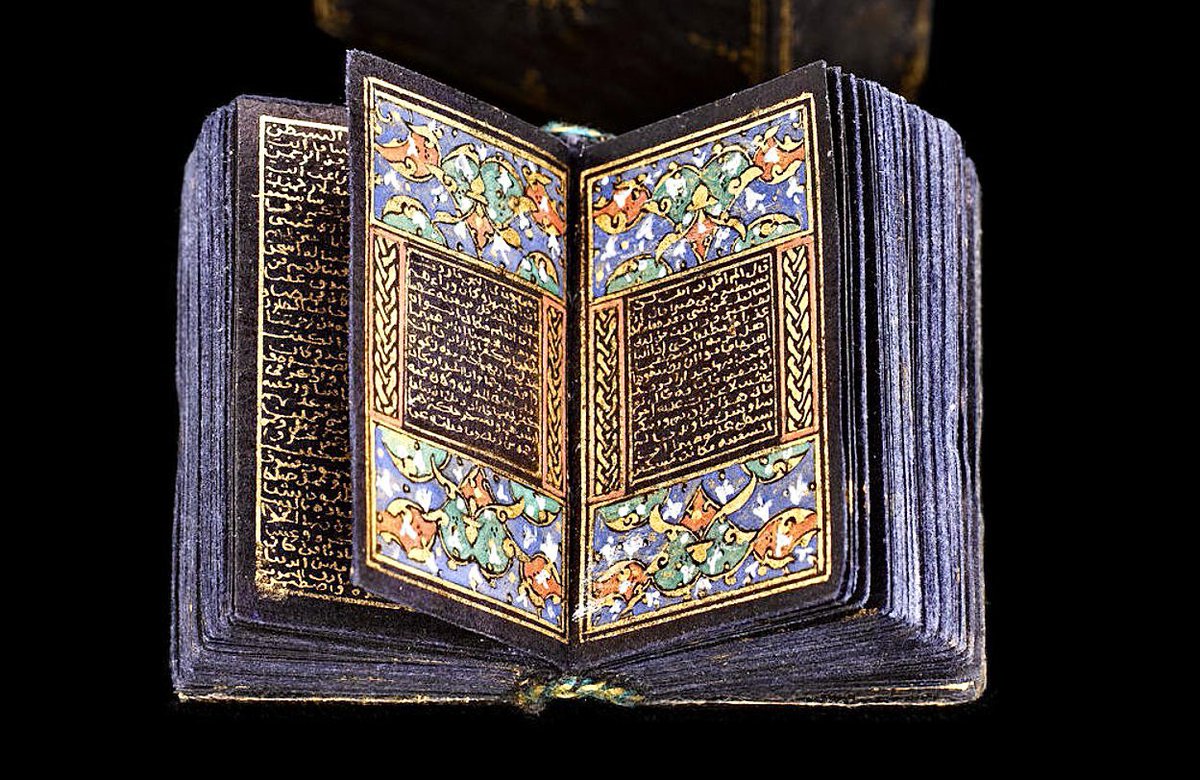
8/ The Holy Qur’an, was revealed to Prophet Muhammad ﷺ over a period of 23 years, in small parts; starting on the night of Laylatul Qadr
#LaylatulQadr
#LaylatulQadr

9/ Muslims believe the Qur’an is the speech of Allah, it is Divine guidance for humanity. Muslims believe that as the Qur’an is the word of the Supreme Lord it carries huge weight and influence. The laws it lays down are the means of attaining paradise
#LaylatulQadr
#LaylatulQadr

10/ Laylatul Qadr, or The Night of Power/Decree, is mentioned in the Qur’an in Surah Qadr. The whole Surah is dedicated by Allah to describing this bountiful night in these precious verses: 

11/We sent the Qur’an down during the Night of Decree & what can make you know what is the Night of Decree? The Night of Decree is better than 1000 months. The angels & the Spirit descend therein by permission of their Lord for every matter. Peace it is until dawn
Qur’an | 97:1-5
Qur’an | 97:1-5

12/ Muslims believe on Laylatul Qadr an incredible number of angels descend upon the earth. The angels take Allah’s permissions to come see those in prayer on this night & send salutations of peace on them until dawn, as the verse says “Peace it is until the emergence of dawn”. 

13/ On Laylatul Qadr the Angels go to every single believer and say “salam” (peace).
Angel Jibreel (Gabriel), the mighty and noble angel of Allah comes down on Layaltul Qadr along with the angels to see see those who’ve been committed to the Quran #LaylatulQadr
Angel Jibreel (Gabriel), the mighty and noble angel of Allah comes down on Layaltul Qadr along with the angels to see see those who’ve been committed to the Quran #LaylatulQadr

14/ Until this day, the same angel who revealed the Quran, by Allah’s will, to Prophet Muhammad ﷺ descends again on earth on Laylatul Qadr when the Quran is being recited and honoured #LaylatulQadr 
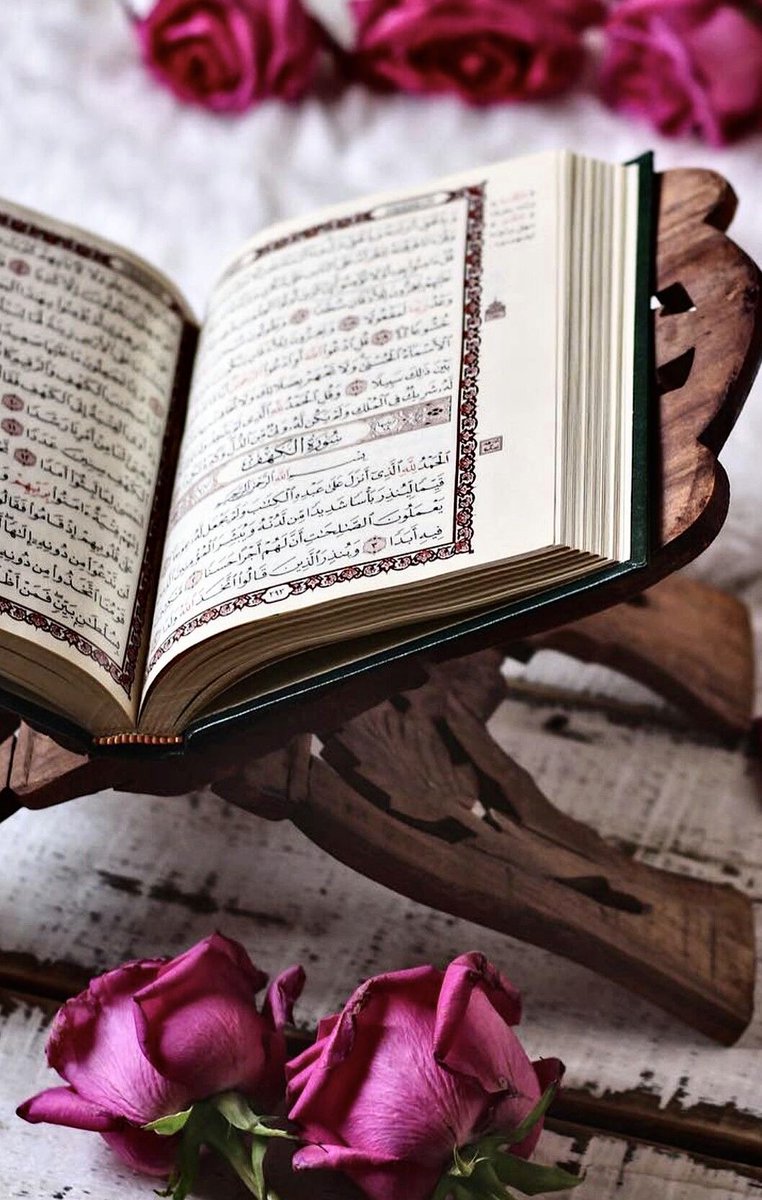
15/ Muslims believe that Allah decrees our destiny for the rest of the year during this night. Duaa (supplication & prayer) could have a huge impact on what will be decreed throughout this year #LaylatulQadr
Image @CellardEleonore
Image @CellardEleonore
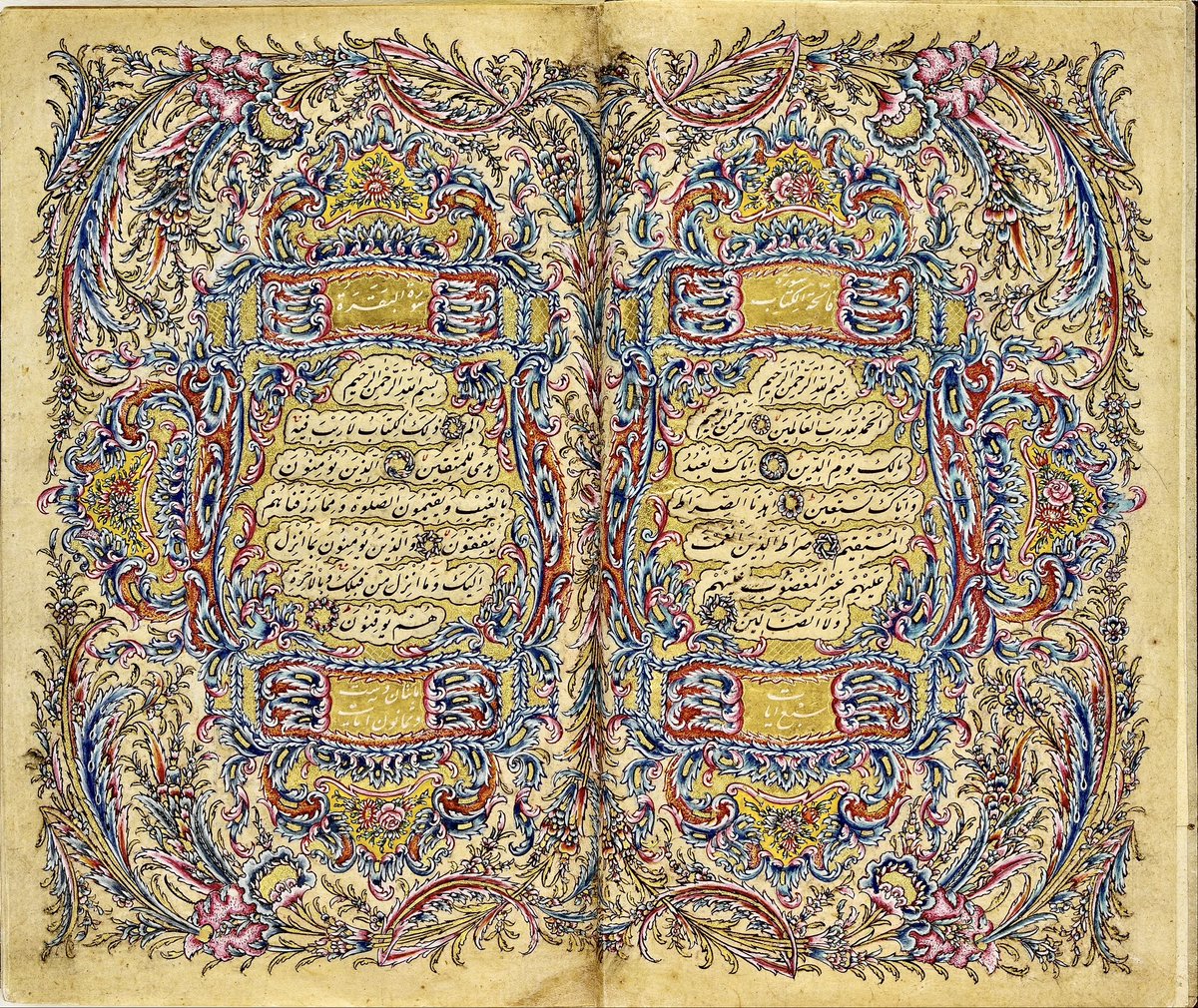
16/ In the Islamic calendar, the start of each new calendar day begins at Maghrib prayer (just after sunset). It coincides with Tahajjud prayers, which occurs each night between Isha prayer (the evening prayer) and Fajr Prayer (the morning prayer) #LaylatulQadr 
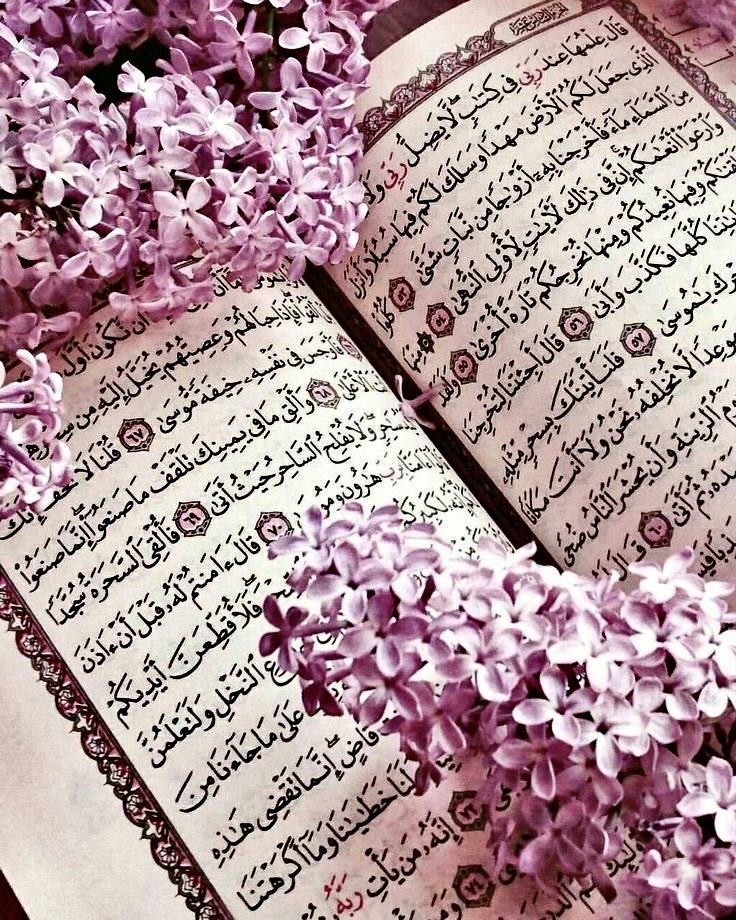
• • •
Missing some Tweet in this thread? You can try to
force a refresh

 Read on Twitter
Read on Twitter

